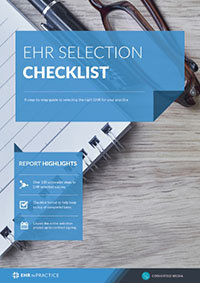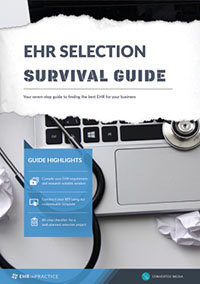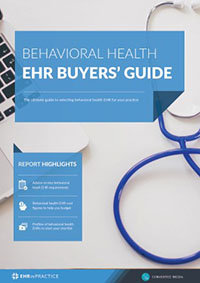The five most important developments in health IT in 2016
As we enter the final month of 2016, it is important to consider what trends may be shaping up for 2017, but also to take note of the developments that will have the most impact in HIT in the coming year and beyond. 2016 has provided the HIT marketplace with a relatively humdrum year on the regulatory front. However, events beyond the scope of EHR-related rulemaking have provided the greatest potential to impact HIT in the years to come. The following list represents the five of the most significant trends and events from the last 12 months.
1. Hospital ransomware attacks
2016 could be aptly be named the year of ransomware. Not to minimize the threats presented by a run of the mill hacks, 2016 saw a massive uptick in ransomware attacks when compared to previous years with 14 major attacks so far this year against healthcare targets. Most notably a Southern California hospital was forced to pay a $17,000 ransom in Bitcoin to hackers who infiltrated and disabled its network.
2. The US elections
The 2016 elections saw the Republicans take control of the White House and remain in Control of both chambers of Congress. As a result, there will be a largely unhindered effort by Republicans to dismantle the Affordable Care Act. However, the attacks on the Affordable Care Act will likely be limited to Medicaid Expansion and the individual mandate which requires individuals to purchase insurance, rather than HIT-related provisions. Some signs do indicate that there will be a greater push for value-based reimbursement and quality measures, which could be favorable to the HIT market given its central role in these efforts.
3. 'WhatsApp for medicine'
Klara, a healthcare messaging company, has raised $3 million in its most recent round of funding. According to a press release from the company, Klara has created an HIPAA-compliant messaging “for medical teams to centralize all patient-related communication into one place.” With this funding boosts Klara will continue its quest to build “the central nervous system of health care,” all medical providers, patients and other medical professionals such as pharmacies, labs, and specialists together on one platform.
4. A further push in investment for consumer products to improve population health
As more and more health care consumers are forced into high deductible insurance plans, providers and insurance companies begin to nudge consumers toward taking preventive health and value-driven shopping for services seriously the role of consumer-oriented products that promising investment growth in 2016. According to digital health oriented venture fund Rock Health, significant investment activity occurred in “tools that focus on, transparency in price, quality, or experience or that allow consumers to guide their health care journey (choosing their treatment or provider) will continue to grow in popularity.”
5. Value-based care efforts continue to lag
According to Health Catalyst, “just 3 percent of health systems today meet the target set by the Centers for Medicare and Medicaid Services. Moreover, only 23 percent expect to reach the goal by 2019.”
The events and trends identified here will likely set the tone for the coming years in the HIT space with shifts in the political landscape and risks in the marketplace looming large over developments in HIT.
Free white paper
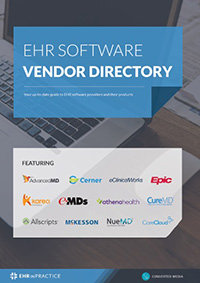
EHR Vendor Directory
Get the most up-to-date directory of EHR software vendors. Find the best software for your practice.
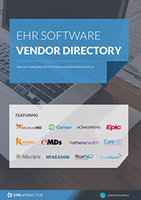
Featured white papers
Related articles
-

5 key stakeholders in your EHR selection
Learn about the individuals that, when consulted early and often, can make your EHR selection pro...
-

5 important areas of EHR training during implementation
Successful EHR implementation is not possible without crucial EHR training
-

Top ophthalmology EHRs for your selection shortlist
Got your eye on a new ophthalmology EHR? Here are some top contenders.


